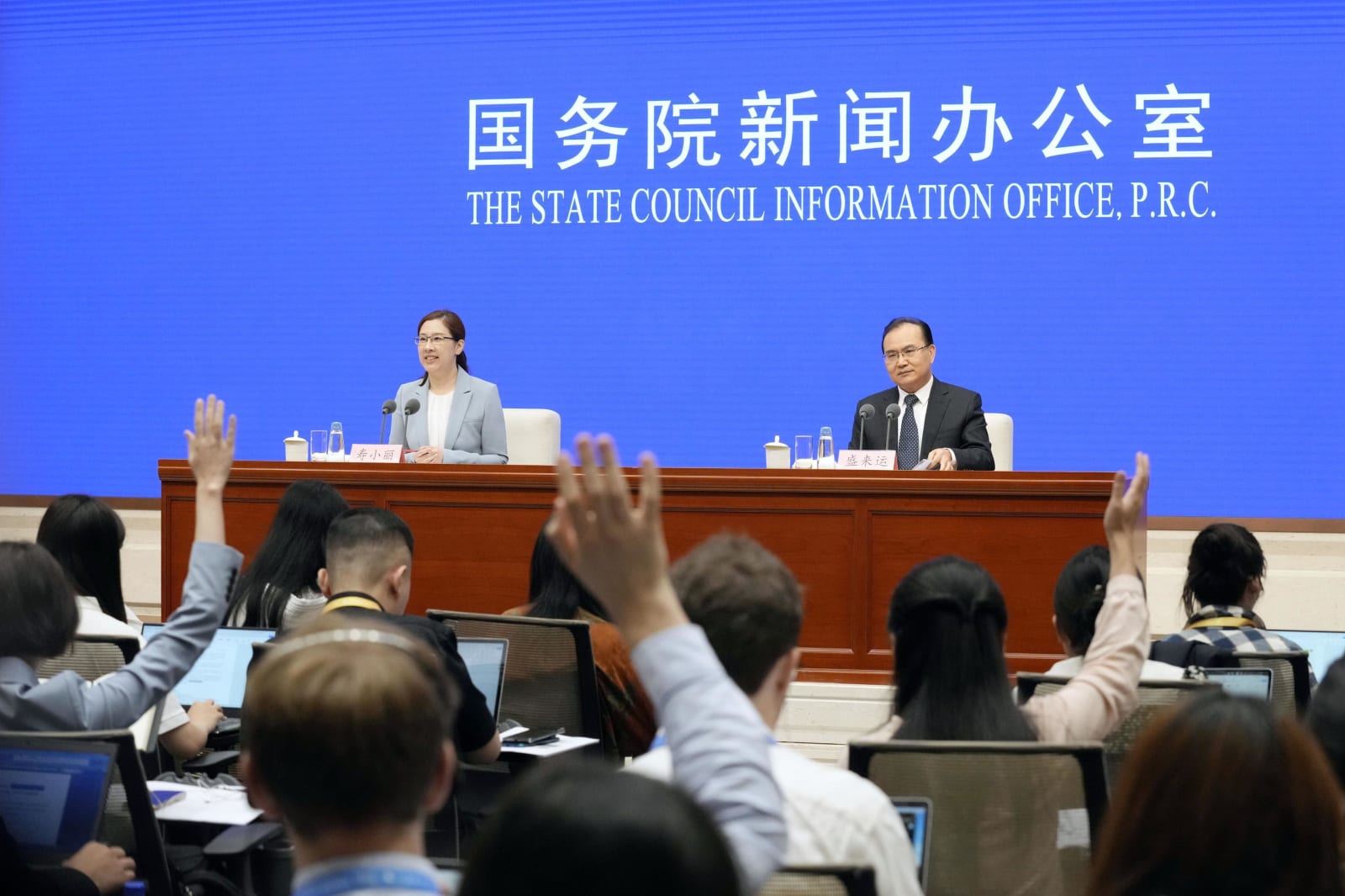China’s Economic Growth in Q2 Slows Slightly Amid Global Challenges
China’s economy experienced a growth of 5.2 percent in the April-June period compared to the same time last year, according to official data released on Tuesday. This marks a slight slowdown from the previous quarter, which saw an expansion of 5.4 percent. The reduction in growth rate has raised concerns among analysts, particularly as trade tensions with the United States continue to impact global markets.
The increase in real gross domestic product (GDP), adjusted for inflation, highlights the resilience of China’s economic structure despite external pressures. However, it also reflects the challenges that come with maintaining high growth rates in a complex global environment. The country’s second-largest economy continues to be a key player in international trade and investment, making its performance significant for the global economic outlook.
Ambitious Growth Targets and Policy Measures
The growth rate recorded in the second quarter surpassed the ambitious target set by Beijing for 2025, which was around 5 percent. This achievement demonstrates the effectiveness of various policy measures introduced by the government to stimulate economic activity. These initiatives include targeted fiscal support, infrastructure investments, and efforts to boost consumer confidence.
In response to the slowing growth, Chinese authorities have implemented a range of stimulus measures aimed at supporting key sectors such as manufacturing, real estate, and technology. These actions are designed to ensure sustained economic development while addressing structural challenges, including an aging population and environmental sustainability concerns.
Key Drivers of Economic Expansion
Several factors contributed to the growth during the second quarter. Domestic consumption remained a critical driver, supported by government subsidies and increased employment opportunities. Additionally, exports showed some improvement, although they were still affected by global demand fluctuations and trade restrictions.
Investment in infrastructure projects played a significant role in boosting GDP. Large-scale public works, including transportation and energy developments, not only created jobs but also laid the foundation for long-term economic growth. These projects are part of a broader strategy to enhance productivity and competitiveness.
Challenges Ahead
Despite the positive growth figures, there are several challenges that China must address to maintain momentum. The ongoing trade disputes with the United States remain a major concern, as they affect export volumes and market access. Additionally, the domestic real estate sector continues to face uncertainties, which could impact overall economic stability.
Another challenge is the need to transition toward a more sustainable growth model. While rapid industrialization has driven past success, the focus is now shifting towards innovation, technological advancement, and green energy solutions. This transition requires significant investment and policy adjustments to ensure long-term prosperity.
Outlook for Future Growth
Economists and analysts are closely monitoring China’s economic performance as the country navigates these challenges. The government’s ability to balance growth with stability will be crucial in determining the trajectory of the economy in the coming years.
With continued policy support and strategic investments, there is potential for China to maintain steady growth. However, the path forward will require careful management of both internal and external factors to ensure sustainable development and resilience against global economic fluctuations.







